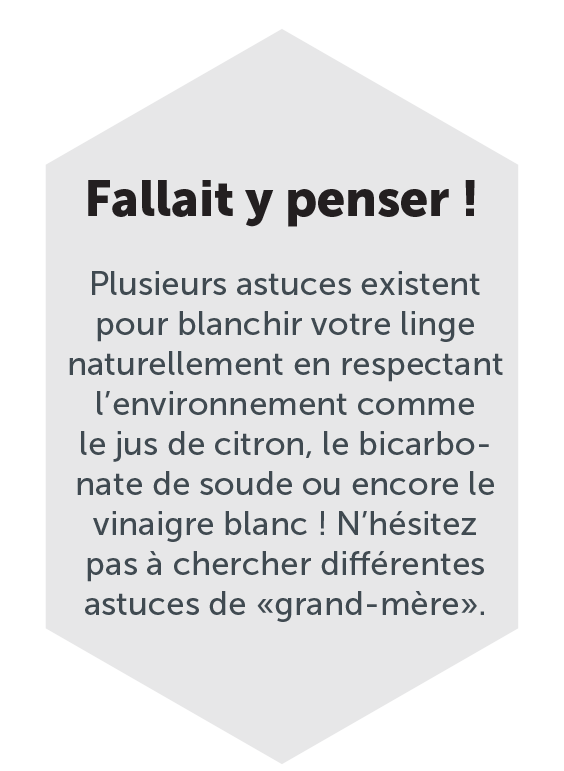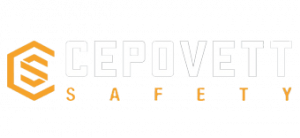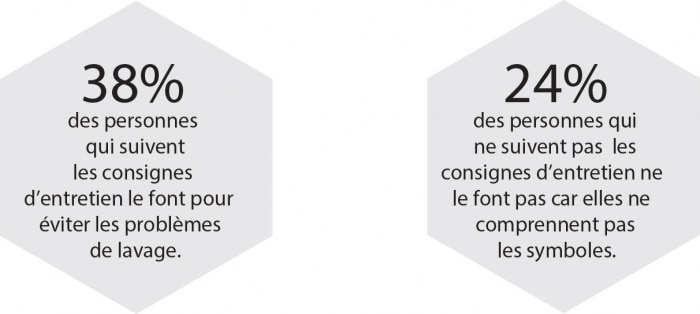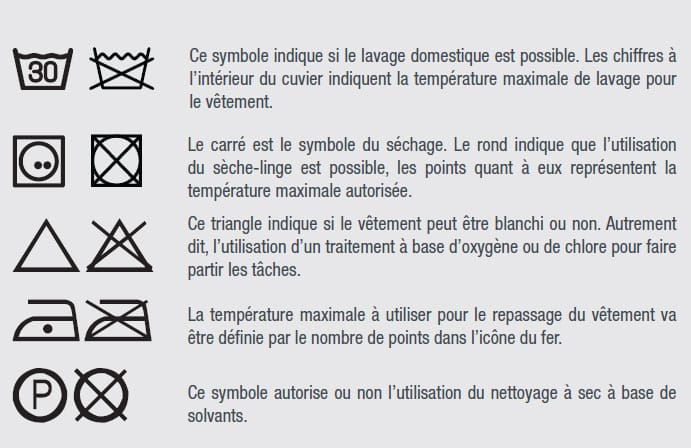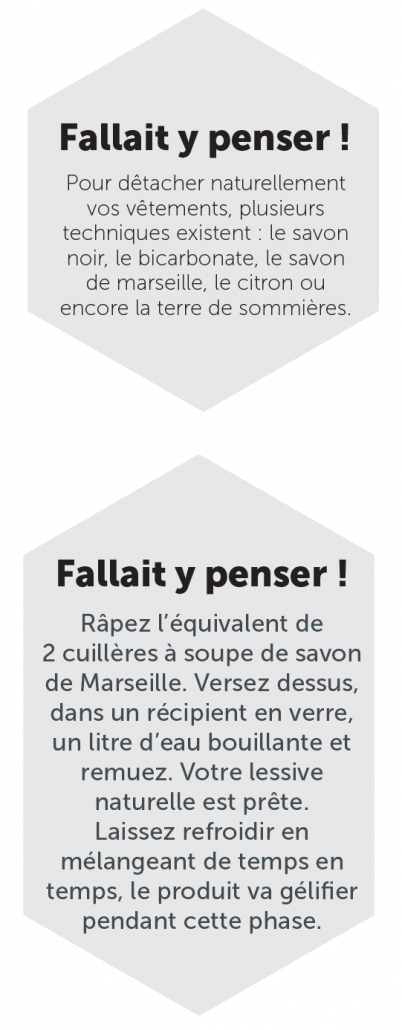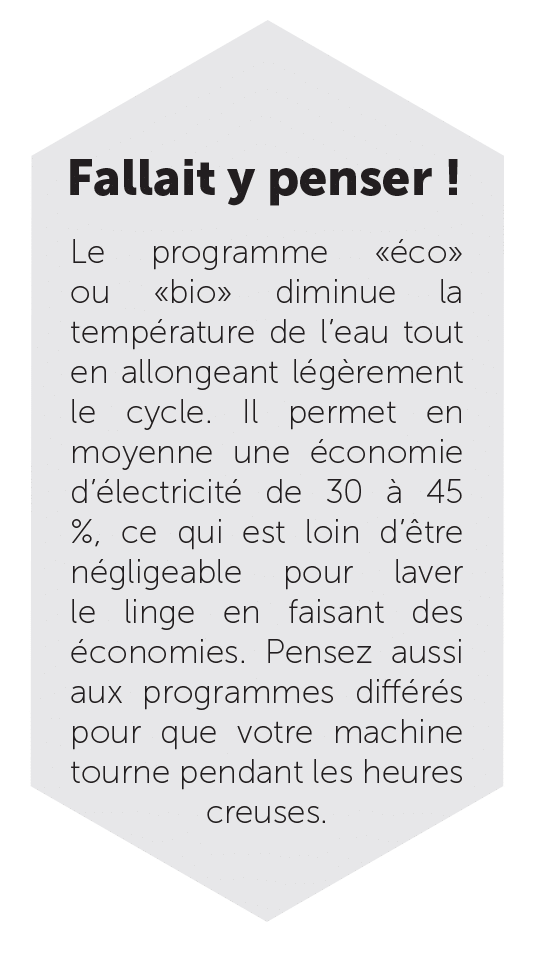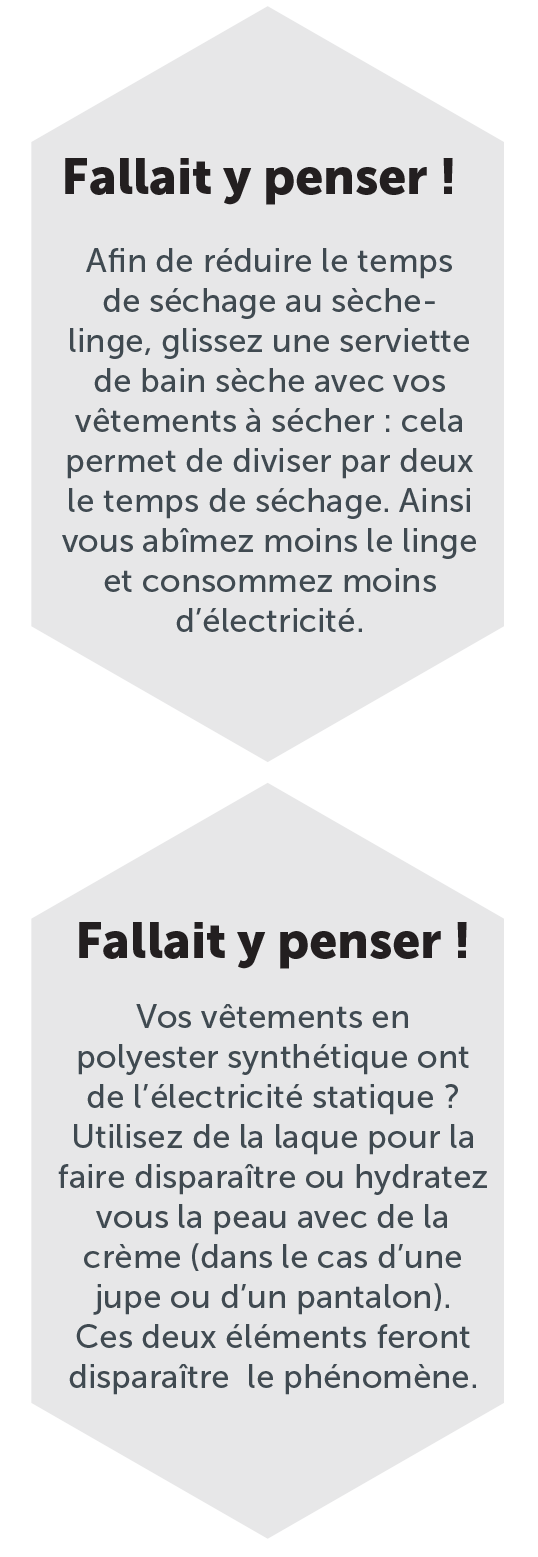THE ECO-MAINTENANCE GUIDE
SUMMARY
CEPOVETT SAFETY strives every day to reduce its environmental impact. In this respect, we are convinced that it is possible to mobilize our users and encourage them to adopt good practices regarding the maintenance of work clothes. The realization of this guide is important to us, both for the respect of our CSR commitments, and for the support of our customers in the use of our products.
In this guide, you will discover, step by step, the eco-cleaning gestures that will allow you to take care of your clothes but also of our environment.
Enjoy your reading
The right gestures
What solutions to maintain your professional clothing?
The domestic maintenance is done at home. Please note that some work clothes cannot be washed with conventional laundry without risking deterioration of the treatments applied to the garment. Linen rental companies, some companies also use linen rental companies to take care of the collection, cleaning and redistribution of work clothes.
The professional interview, in a dry cleaner’s for example. Washing at a dry cleaner uses 64% less water than washing at home and reduces waste production by 42% over 3 years. Going through the professional interview process often reduces the consumption of resources. Solutions are offered to companies to maintain work clothes in listed dry cleaners.
Labels: your best ally
The first rule of laundry care is to always look at the label of the clothes. Like 73% of French people, they itch or are too visible. Always keep the cut labels, making sure to indicate which garment they correspond to. This behavior is even more important with work clothes that sometimes require specific maintenance, especially with treated clothes.
Care instructions on the labels
According to recent INSEE studies, the meaning of symbols on labels is sometimes unclear. This is one of the reasons why the instructions for use are not followed.
Here is a small summary of the symbols that you may encounter:
Pamper your machine
Because it is still the machine that will allow you to wash your clothes with the least possible damage, it is important to take care of your washing machine. In addition, a healthy machine avoids breakdowns and excessive energy consumption.

Here are some tips:
- Twice a year, maintain your washing machine with white vinegar: pour 1 L of white vinegar into the drum and run a short program at 30°C. This action will thoroughly descale all the elements of the machine and remove any bacteria. The frequency of descaling depends on the number of cycles performed. This step is not necessary if you descale your machine every time you wash.
- Once a month, do a “vacuum” machine without detergent, at 90°C. This action maintains the rubber bellows of the drum. When you have used your machine, leave it open until it is dry. This prevents moisture from accumulating. And humidity brings mold and bad odors for sure.
- Clean the filter: small objects and dirt may remain in it. Once you’ve taken it out and removed the little things in it, clean it with warm water and dry it before gently replacing it. Be careful to put it back on properly, otherwise it may leak!
Guarantee the life of your clothes
In order to preserve your clothes as long as possible, it is important to follow a few simple and quick rules that could well extend the life of your clothes
- Close the zippers before washing your clothes.
- Separate light and dark colors to avoid disgorgement. Remember to also separate clothes by condition of maintenance to avoid damaging the most fragile clothes.
- Check and empty all pockets if you don’t want to find small pieces of paper everywhere or other nails and screws, damaging the machine and the clothes.
- Think of detaching the clothes for encrusted or very pronounced tasks, the passage in machine will allow to eliminate the remainders of tasks.
Waste & Packaging
The treatment of waste and packaging is an important part of respecting the environment in our cleaning habits. For this, prefer concentrated products, eco-refills without overpackaging. In the same way, avoid the use of non-degradable wipes and favor natural stain removers!
Maintain your PPE
Why not maintain a protective garment at home?
Re-impregnation
Work clothes sometimes receive a specific treatment at the time of their manufacture. For example, protective clothing against chemical splashes and dirt is treated to be water repellent. In order for these treatments to be effective, they must be re-impregnated to maintain their full characteristics. These operations can only be performed by professionals. In addition, it must be able to guarantee traceability and archiving of all cycles to manage the replacement of the garment when it has reached the maximum number of maintenance and/or its degree of wear and tear and soiling.
Article R.4322-1 and 2 of the Labour Code
With regard to PPE, the employer is obliged to ensure that it is maintained in a state of compliance and to replace all deteriorated PPE. Personal Protective Equipment (PPE) is also subject to a reinforced cleaning traceability obligation. In the event of an inspection, the employer must provide an up-to-date record of the number of cleanings performed on each garment.
Washing
Wash your work clothes when necessary!
Proven by various surveys, many of us wash laundry excessively. In addition to damaging your clothes, it is not respectful to the environment but also for your wallet!
The temperature
As explained earlier, the label gives all the directions to follow, but it is not to be taken literally. A garment marked 60°C can be washed at 30°C if the laundry is not very dirty.
Laundry
Watch the amount of detergent you use: an overdose uses more energy since the machine will continue to rinse as long as there is suds. Too much detergent will also damage your washing machine more. Also favor eco-labeled detergents.
Filling the drum
It is not recommended to wash your work clothes with your other clothes, but it is important to fill the machine sufficiently to avoid rubbing against the drum and the fibres breaking. An underfilled machine can damage the clothes. Feel free to wash your work clothes together or with safe laundry. Don’t overload the drum either: fill your machine 3/4 full so that the water and detergent circulate properly.
Drying and ironing clothes
Tumble dry or air dry?
There are two possible techniques for drying your work clothes: the tumble dryer or simply let the clothes air dry. Due to lack of space or time, many people prefer the first solution. However, the dryer consumes a lot of electricity and often damages the fibers. To maintain a satisfactory life span of your work clothes, we recommend air drying, which is more respectful of the environment. If you really want to use your dryer, go through the process of spinning to the maximum before using the dryer for a useful eco-gest. If you choose to air dry, remember to shake out your laundry before hanging it to smooth it out.
Ironing and straightening
These steps are not necessarily necessary in the maintenance of your work clothes by following some simple tips! For example, we recommend that you hang your laundry as soon as the wash cycle ends: this helps reduce wrinkling. Another little tip: put your dry work clothes in your bathroom before taking your shower. The steam will smooth out the small creases.
Dry cleaning and laundry
Dry cleaning
Contrary to what you might think, dry cleaning is actually done with a liquid. It is a cleaning process for clothes that uses mostly chlorinated hydrocarbons such as perchloroethylene. The use of this solvent is prohibited for the private individual and is only carried out in professional washing since some are considered harmful to health and the environment. It is therefore not the most appropriate solution for dry cleaning. Choose percarbonate of soda for example.
The dry cleaner
Contrary to what one might think, more and more dry cleaners are concerned about the environment and are implementing processes to limit their impact on the environment. By modifying the products used and the machines, some dry cleaners are now labelled and guarantee the respect of
the environment. Don’t hesitate to turn to this solution to maintain your laundry as well as its features. Indeed, as mentioned earlier, some treatments cannot be performed by individuals such as re-impregnation, some types of dry cleaning or bleaching. To perform these operations at a dry cleaner’s, some companies set up a complete system, allowing you to have your laundry maintained simply, quickly and efficiently. These dry cleaners use biodegradable cleaning products and shorter washing cycles to reduce their water consumption.
Bleaching
What is bleaching?
Bleaching is an industrial operation that destroys the coloring matter of fabrics and fibers. This operation allows you to reduce the color of a garment or to remove it completely: at the end of the manipulation, you find a white garment. The use of solvents such as trichloroethylene, a hydrocarbon or percarbonate, makes a visit to the dry cleaner mandatory.
